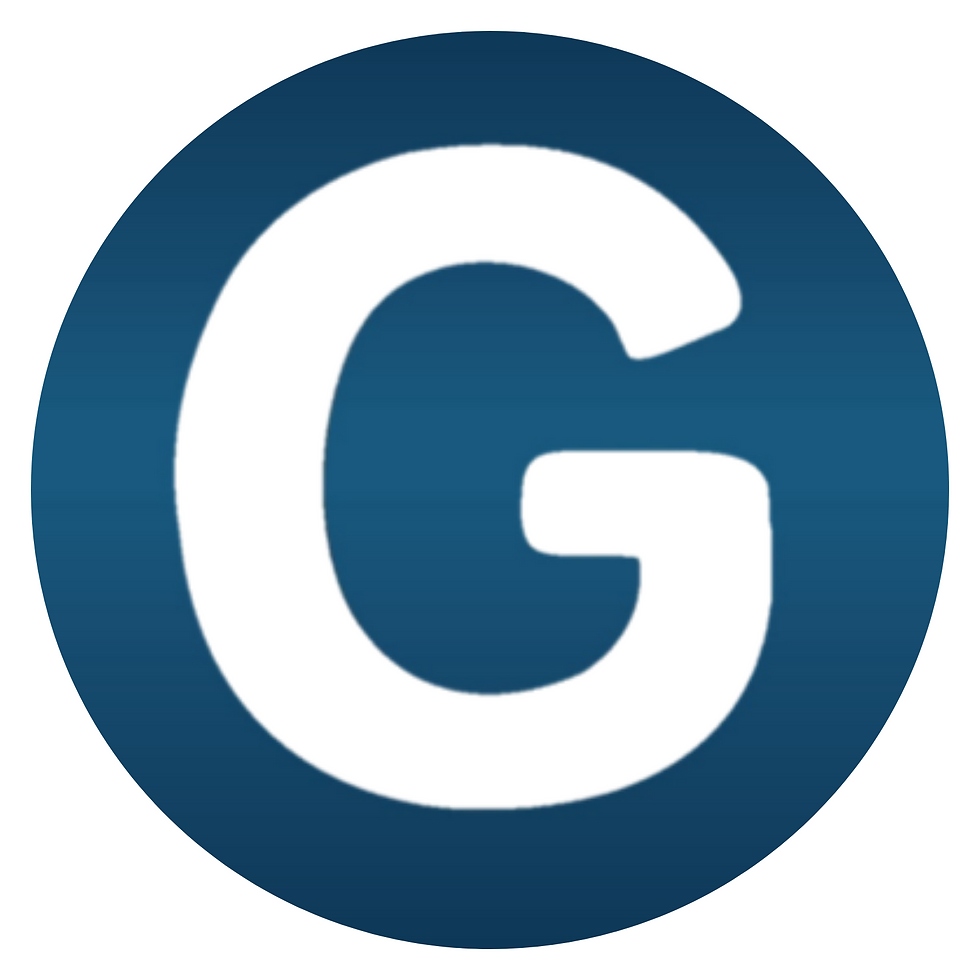What 2024’s Top TV Ad Spenders Say About Pharma
- G-Med Team

- Jul 6
- 2 min read
Each year, TV screens across America flash images of everyday people reclaiming their lives—laughing, hiking, dining with friends—all thanks to the latest life-changing medication. Behind these moments lies an immense marketing machine, and in 2024, it showed no signs of slowing down.
According to data from iSpot.TV, the pharma industry spent more than $2.1 billion on national TV ads in the US alone this year. It’s a number that says a lot—not just about budgets, but about which conditions and treatments are commanding the spotlight in public health.

At the top of the list sits AbbVie, once again making its dominance clear. For the third year in a row, Skyrizi clinched the #1 spot with a staggering $376.7 million spent on TV advertising. Just behind it, Rinvoq, another AbbVie blockbuster, held steady at #2 with $337.8 million. Both brands speak to a growing trend: immunology treatments with broad indications are the darlings of DTC (direct-to-consumer) marketing.
Rounding out the top three is Dupixent, the Sanofi-Regeneron collaboration, which spent $276 million. That figure, while slightly down from 2023, still reflects the brand’s commitment to mass awareness across indications like asthma, eczema, and nasal polyps.
But the biggest shakeup this year came from Wegovy. In 2023, it had no TV presence at all. In 2024, it catapulted to #4 with a jaw-dropping $261.5 million in ad spend. It’s not hard to see why: GLP-1 medications have become household names thanks to their weight loss benefits, and Novo Nordisk is clearly going all in to maintain the momentum.
Mental health also found its place on the leaderboard. Rexulti (used for depression-related dementia) and Vraylar (for bipolar and schizophrenia) clocked in at #5 and #10 respectively, showing that pharma is not shying away from the complexities of neurological and psychiatric care in their mass campaigns.
Meanwhile, Tremfya made a noteworthy comeback, tripling its ad budget from last year and re-entering the list at #6. And Jardiance, Ozempic, and Breztri Aerosphere filled out the top 10, each holding onto significant visibility despite some changes in rank.
So, what do we make of all this?
First, TV still matters. Despite the rise of digital channels, prime-time TV—especially during NFL games and nightly news—remains a powerful vehicle for reaching broad audiences.
Second, consumer education is being prioritized around complex, chronic conditions—especially those with lifestyle implications like obesity, psoriasis, arthritis, and diabetes.
And third, the stakes are higher than ever. In an increasingly competitive therapeutic landscape, attention is currency—and these brands are spending heavily to make sure they stay top of mind.
For marketers and communicators in the healthcare space, this list isn’t just trivia—it’s a window into where the industry believes the conversation is heading. And judging by 2024’s numbers, that conversation is louder, broader, and more strategic than ever.
G-Med excels in HCP marketing by blending digital innovation with data-driven insights, creating an effective platform for reaching healthcare professionals, offering various advertising solutions. By using G-Med to engage HCPs, share data reports, and explore innovative channels, marketers can deliver targeted, impactful messages that foster strong connections. G-Med’s approach ensures that each campaign is tailored, scientifically rigorous, and effective, aligning perfectly with the best practices for successful HCP marketing.
Contact us today to learn more: Contact@g-med.com
.png)



